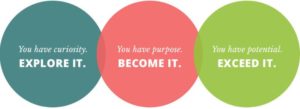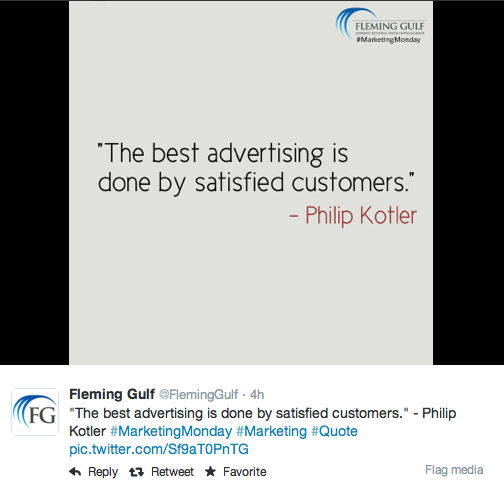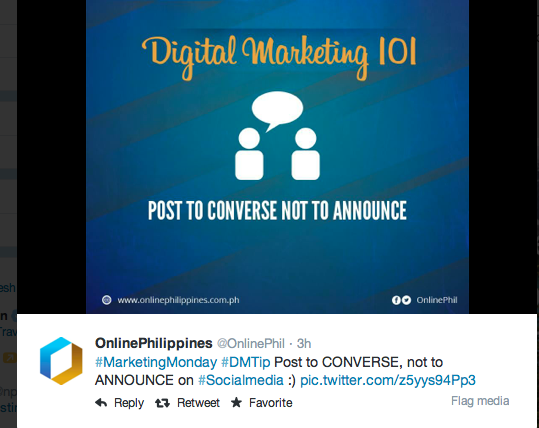Are you making a difference in life? What will your legacy be? Living intentionally and with a purpose takes sacrifice and hard work. Recently, a friend of mine was describing a mission trip to Africa and how she spent three months working in a remote village. Her goal was to help the village people by contributing to their vision. Like many why experiences in life, those three months ended up transforming her from the inside out. After my recent birthday, I started thinking about what I wanted for the next half of my life. We are each the navigator of our own destiny and are therefore responsible for what path we take. For me a resounding voice kept repeating a desire to create deeper and more meaningful fulfillment. But how?
Finding your purpose or your why has to do with making an impact, tapping into something deeper inside and recalibrating your passion. Ultimately your why is not about you, it is about making a difference in the world. And no that doesn’t include surfing Facebook and making random comments to distant friends. Think about your life, what does it say about you? By aligning yourself with your passions you will tap into your greater purpose. Passions are the result of taking action and doing something that moves you.
For example, I didn’t know I loved to travel until I took my first trip. Then I was hooked on seeing the world and learning about other cultures. When it comes to finding your purpose you need to get out of your head and into your heart.
There are common themes around finding your why, they include:
- Contributing to a bigger dream or mission through sacrifice
- Pushing past fear and allowing yourself to become vulnerable and living outside your comfort zone
- Finding a greater good beyond your individual selfish interests or limitations
- Finding a problem and trying to solve it
- Getting out of your head and turning your passion into action
We only have a set number of days on this planet, what will your epithet be? If we all just take a small step out of our comfort zone and get involved with something we feel passionate about, miracles could happen.
Jodi Cross is a marketing strategist, speaker and writer and can be reached at Jcross@crossnm.com.


 Contact Us
Contact Us

























